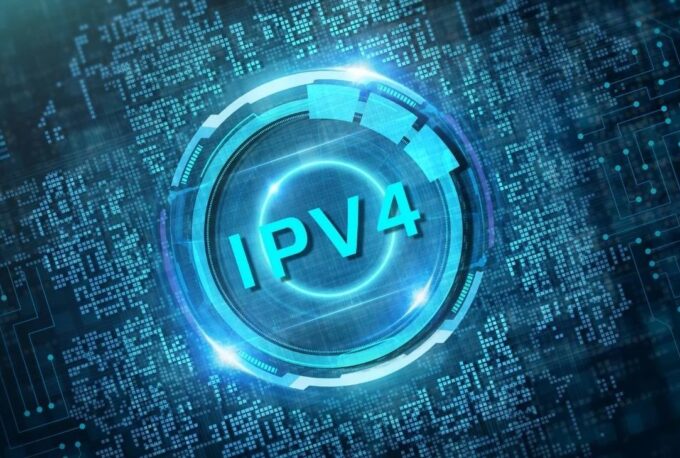
Source: theenterpriseworld.com
In the sprawling landscape of the digital world, Internet Protocol version 4 (IPv4) has long been the cornerstone of communication. However, as the internet continues to expand exponentially, the finite nature of the IPv4 address space has become a pressing issue.
IPv4 address scarcity presents a host of challenges that affect internet service providers, businesses, and individuals alike. In this blog post, we’ll delve into the complexities of IPv4 address scarcity and explore potential solutions to address this critical issue.
Understanding IPv4 Address Scarcity
IPv4 addresses are unique numerical identifiers assigned to devices connected to the internet. With IPv4, addresses are represented in a dotted decimal format (e.g., 192.168.1.1).
However, the IPv4 address space is limited to approximately 4.3 billion unique addresses, a number that seemed vast in the early days of the internet but has since proven inadequate to accommodate the explosive growth of internet-connected devices.
Impact on Internet Service Providers (ISPs)

Source: broadbandprovider.over-blog.com
Internet Service Providers (ISPs) play a crucial role in allocating IPv4 addresses to their customers. However, as the pool of available IPv4 addresses diminishes, ISPs face significant challenges in meeting the growing demand for IP addresses.
This scarcity drives up the cost of acquiring IPv4 addresses, leading to financial strain for ISPs and potentially impacting the affordability of internet services for consumers.
To cope with IPv4 address scarcity, ISPs often resort to techniques such as Network Address Translation (NAT) and Classless Inter-Domain Routing (CIDR) to conserve addresses and extend their usability.
While these measures can help alleviate immediate shortages, they also introduce complexities and limitations, such as hindering certain types of communication and requiring additional network configuration.
Impact on Businesses and Organizations
Businesses and organizations rely heavily on internet connectivity for their operations, making IPv4 address scarcity a significant concern. Acquiring sufficient IPv4 addresses to support network infrastructure and services can be costly, particularly for organizations with expansive digital footprints.
Additionally, IPv4 address scarcity can hinder the deployment of new technologies and innovations, stifling growth and competitiveness in the digital marketplace.
The limitations imposed by IPv4 address scarcity can also impede the scalability of certain technologies, such as the Internet of Things (IoT). IoT devices require unique IP addresses to connect and communicate over the internet.
However, the finite supply of IPv4 addresses may restrict the proliferation of IoT deployments, limiting the potential for innovation and efficiency gains in various industries.
Transitioning to IPv6

Source: blogs.cisco.com
To address the challenges of IPv4 address scarcity, the internet community has been advocating for the widespread adoption of Internet Protocol version 6 (IPv6). IPv6 offers a vastly expanded address space, with approximately 340 undecillion unique addresses, ensuring an ample supply for future internet growth and innovation.
While IPv6 adoption has been gradual, progress has been made in recent years, with many ISPs, technology companies, and government agencies implementing IPv6 support in their networks and services. However, widespread IPv6 deployment remains a work in progress, requiring concerted efforts from stakeholders across the internet ecosystem.
Conclusion
In conclusion, IPv4 address scarcity poses significant challenges to the continued growth and sustainability of the internet. As the demand for IP addresses continues to outpace the available supply, organizations must explore alternative solutions to mitigate the impact of IPv4 address scarcity.
Transitioning to IPv6 is essential to address the long-term challenges of IPv4 address scarcity and ensure the continued evolution and innovation of the internet. By embracing IPv6 and overcoming barriers to adoption, we can create a more resilient, scalable, and inclusive digital infrastructure for generations to come. Are you interested to know more? Check out Prefixbroker!



